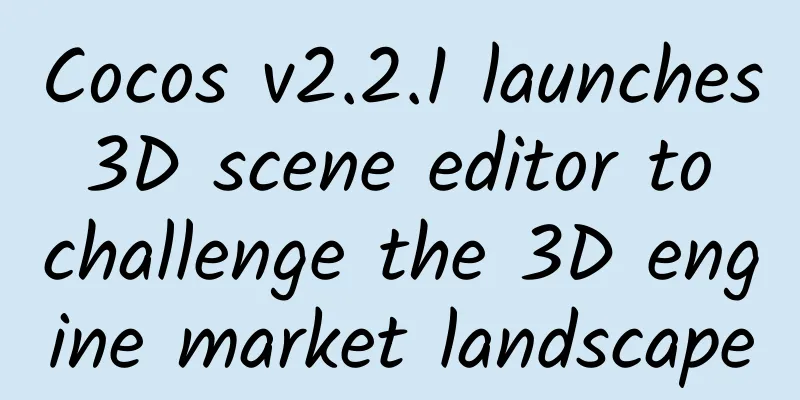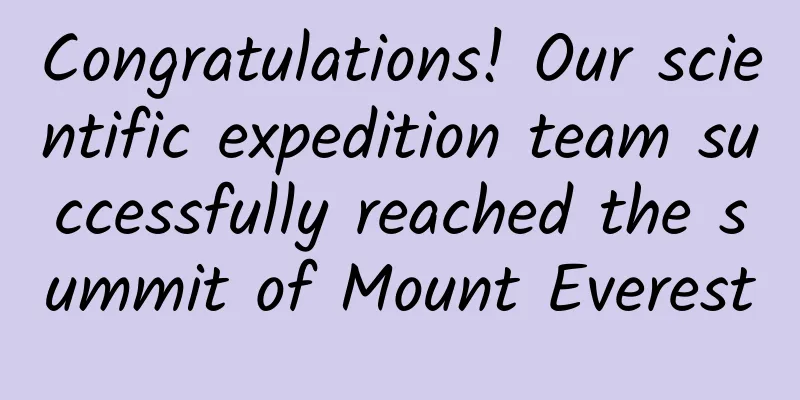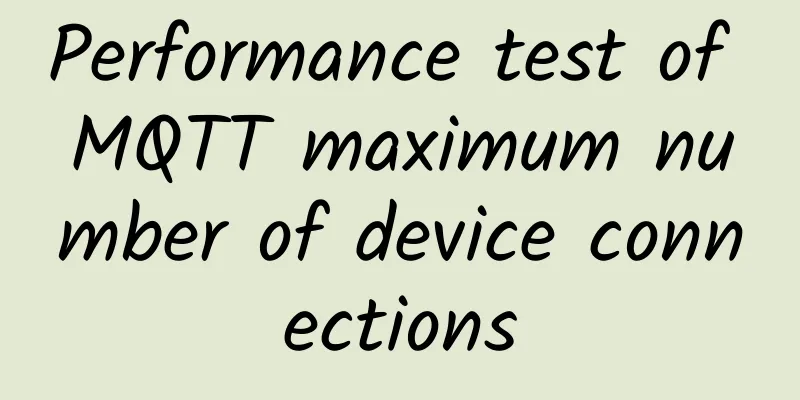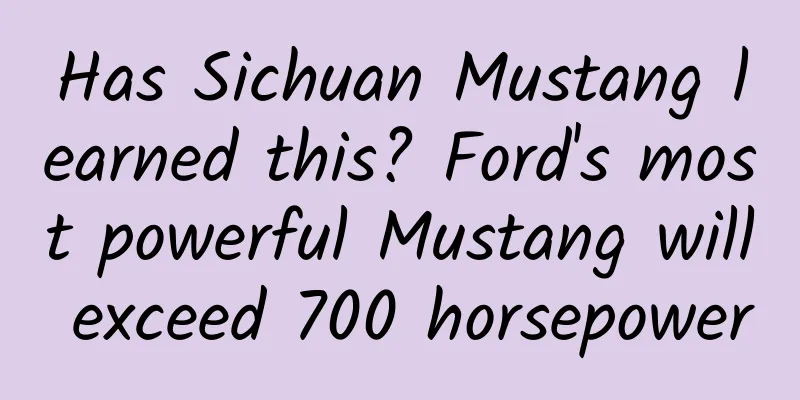The weird problem Feynman thought of when he was studying was finally solved 80 years later
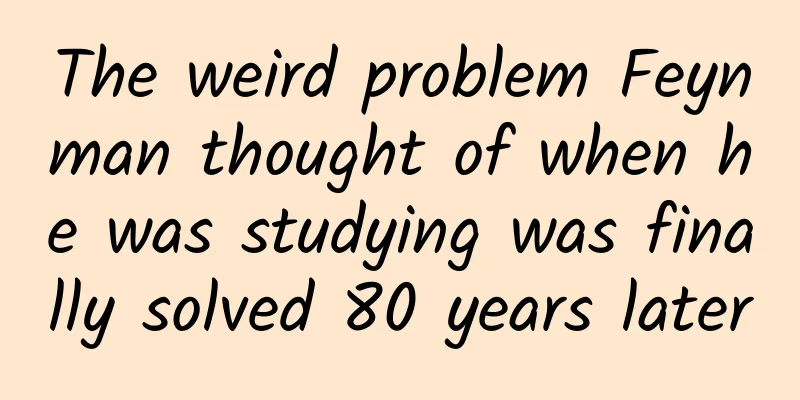
|
Feynman has many interesting and thought-provoking ideas that have brought profound insights to the scientific world. One of the questions originated from his doctoral studies at Princeton University, that is, how a sprinkler that sprays water in the opposite direction (absorbs water) should work. This question was once called the "Feynman problem" and attracted the attention of many physicists and physics teachers. Now, this question has finally been solved satisfactorily. Written by Qu Lijian Feynman, a scientific urchin and great physicist, loved to play pranks and had many fantastic ideas. However, many of his fantastic ideas were not purely for entertainment, but were very technical and profound, which made many researchers think deeply. For example, we know that when the magnetic flux through a conductor changes, an electromotive force will be generated in the conductor loop. Feynman taught many exceptions in his class (see Chapter 17 of Volume 2 of Feynman Lectures on Physics). This inspired physics teachers to publish a large number of papers to analyze the subtleties. Chapter 46 of Volume 1 of Feynman Lectures on Physics analyzes a perpetual motion machine, the Brownian ratchet, which is rarely seen in textbooks. Feynman's analysis has attracted physicists to think more deeply, and has produced very rich results in the fields of thermodynamics, biophysics, quantum mechanics, etc., and renamed this hypothetical device after Feynman. Feynman wrote many of his interesting stories into a book, "Surely You're Joking, Mr Feynman!", which has been published since 1985 and is still being reprinted. There is a story in this book that has aroused widespread interest among physics teachers and physicists. Sprinkler Problems When Feynman was a graduate student at Princeton University, he conducted a very "low" experiment in the "high-end" accelerator laboratory. The experiment originated from a dispute among classmates about an exercise in the fluid mechanics textbook. "Don't be ridiculous, Mr. Feynman!" describes this question as follows: Take an S-shaped lawn sprinkler—an S-shaped tube on a spindle—and the water comes out at just the right angle to the spindle, which causes it to spin in a certain direction. Everybody knows how it spins; it spins backwards in the opposite direction from when the water came out. Now here's the question: If it were a lake, or a swimming pool—there's plenty of water—and you took this sprinkler and placed it completely underwater, but had it suck water in instead of spraying it out, which direction would it spin? Would it still spin the same way it does when it sprays water into the air? Or would it spin the opposite way? This is the famous Feynman sprinkler problem. In the picture (left), the sprinkler rotates counterclockwise when spraying water, but what happens when it absorbs water? Source: "Feynman: The Life and Thought of a Genius" (by Gleick) Feynman's classmates were divided on the answer to this question. Feynman discussed this question with his mentor John Wheeler, but could not get an answer either. Wheeler said: "Yesterday, Feynman convinced me that it was spinning backwards. Today, he convinced me that it was spinning in the opposite direction. I wonder how he will convince me tomorrow that it is spinning!" Feynman (right) and Wheeler (left). Image credit: RYAN INZANA Feynman decided to do an experiment to see if this would work. Feynman worked hard in the accelerator laboratory, built a device and started the experiment. As a result, the pressure was too great and the whole device fell apart. Glass and water flew everywhere. A classmate who came to watch the fun was soaked. Fortunately, no one was injured by the glass fragments. The professor in charge of the accelerator laboratory was furious when he saw the mess and scolded Feynman for doing such a "low-end" experiment in the student laboratory. According to James Gleick in his biography of Feynman, although the experiment failed, Feynman was convinced that the answer to the question was that the fountain would tremble as it sucked water, then return to its original position and stay there. He and Wheeler never told anyone about this result. After the publication of "Don't Be Funny, Mr. Feynman!", this story became more widely known and re-ignited the interest of many people. Related papers continued to appear in academic journals, with a variety of theoretical and experimental results: some said that the sprinkler would turn in reverse when absorbing water; some said that it would turn and then stop; and some said that the rotation was related to the specific device... Too many conclusions eventually led the top teaching journal American Journal Physics to decide in 1989 that it would no longer publish related papers due to conflicting experimental results (Am. J. Phys. 1992, 60, 12). However, related articles continued to pour in, and this decision was not implemented. This seemingly simple question has always attracted heated discussions among physicists and physics teachers, who have pieced together conflicting theories based on opposite experiments on various phenomena. Now good news has come. Under the guidance of his supervisor, Wang Kaizhe, a Chinese doctoral student at New York University, has completely resolved the controversy over this issue. Experimental setup and phenomena The researchers carefully designed a device as shown in the following figures (a) and (b). (a) Cross-section of the experimental device. (b) Water flow control device, the water volume can be adjusted. (c) Schematic diagram of experimental observation. Dye molecules and small particles are added to the water, which is illuminated by laser and photographed and recorded by camera. Image source: Reference [1] Two L-shaped sprinkler pipes are mounted on a cylindrical device. The central cylinder is closed at the bottom and consists of two layers of cylindrical plastic, an inner and an outer cylindrical tube, with a ring cover on the top to connect the two together. The question to be studied now is, how does the sprinkler rotate when the sprinkler pipe is immersed in water and becomes a suction pipe? The key to the experiment is to design a nearly frictionless bearing. Eliminating friction is a major challenge in the experiment, which is the main reason for the strange results of previous experiments. The researchers inserted a capillary into the inner cylinder of the sprinkler and put a glass ring around the sprinkler. There will be capillary action around the capillary and the glass ring and between the two layers of cylindrical tubes. Careful design of the size and material of these devices and clever use of capillary action can allow the sprinkler to rotate around the capillary as the axis without hitting the capillary. There is no contact between the solid devices in the entire system, so the friction is very small. The researchers first observed the motion of a sprinkler as it sprayed water. The motion was consistent with intuition: the sprinkler moved like a spinning rocket, with the spraying water driving the sprinkler to rotate in the opposite direction of the spray. For the reverse sprinkler, the sprinkler will rotate even if it absorbs water, but the rotation speed is 1/50 of that of the positive sprinkler and is unstable. The water sprayed into the sprinkler hits each other, but not completely head-on, so a certain torque is generated to make the sprinkler rotate. The machine rotates in the opposite direction to when spraying water, but it is not simply because the water absorption is opposite to the spraying direction. The flow of water inside the anti-sprinkler is shown in the video below (the device has been prevented from rotating to show the water flow more clearly). The researchers also established a mathematical model for the device based on the Reynolds Transport Theorem. The meaning of Reynolds' transport theorem is very simple. The change in the amount of something over time is equal to the change in the amount of that thing over time plus the net increase in the amount of that thing being sent in or out. For example, the increase in the amount of steamed buns in your home over time is equal to the change in the amount of steamed buns in your home over time (the rate at which the whole family eats steamed buns minus the rate at which steamed buns are steamed) plus the rate at which others send steamed buns to your home (minus the rate at which your family sends steamed buns out). A slightly more formal way of saying this is that the rate of change of a physical quantity in a given volume over time is equal to the rate of change of the physical quantity inside the volume over time plus the flux of the physical quantity through the surface of the volume. The physical quantity here can be any physical property of the system, such as mass, momentum, energy, etc. Specifically for the Feynman anti-sprinkler problem introduced in this article, the physical quantity under investigation is angular momentum L. According to Reynolds transport theory, there is an equation: Substituting the geometric parameters of the Feynman anti-sprinkler, we can obtain the physical quantities of the fluid. I will not go into the details here. The meaning of each symbol in the Reynolds transport equation. Source: Reference [1] Supporting materials The experimental results are in good agreement with those calculated using the theoretical model. (a) The experimentally measured variation of the sprinkler speed over time when the sprinkler is spraying water (red) and sprinkling water (blue); (b) The experimental result (origin) and the calculated result (square and straight line) of the sprinkler steady-state speed. Source: Reference [1] Interesting puzzles to solve The reverse sprinkler will rotate, and it rotates in the opposite direction to the absorption direction. This research has completely resolved a decades-long controversy and satisfied the curiosity of physicists, teachers and students. This conclusion may not seem to have any practical use. After all, no one would consider using this method to absorb water from a lawn. However, the authors believe that this research may be used to precisely control the flow of water, which is important for extracting energy from water flow. Although we cannot see this grand prospect at the moment, it is still fun to experience the efforts of physicists and teachers for decades on a "small problem". References [1] Phys.Rev. Lett. 132, 044003 (2024). DOI: https://doi.org/10.1103/PhysRevLett.132.044003 This article is supported by the Science Popularization China Starry Sky Project Produced by: China Association for Science and Technology Department of Science Popularization Producer: China Science and Technology Press Co., Ltd., Beijing Zhongke Xinghe Culture Media Co., Ltd.
1. Go to the "Featured Column" at the bottom of the menu of the "Fanpu" WeChat public account to read a series of popular science articles on different topics. 2. Fanpu provides a function to search articles by month. Follow the official account and reply with the four-digit year + month, such as "1903", to get the article index for March 2019, and so on. Copyright statement: Personal forwarding is welcome. Any form of media or organization is not allowed to reprint or excerpt without authorization. For reprint authorization, please contact the backstage of the "Fanpu" WeChat public account. |
<<: How are the first group of people who used the “magic weight loss drug” doing now?
>>: Is this winter colder or warmer? The answer is revealed
Recommend
Storage is occupied for no reason! Apple releases the second beta of iOS 15.1: continue to fix bugs
Today, Apple released the second beta version of ...
6 core concepts of community operation!
I recently reread Professor Xu Zhibin’s "The...
@North Pole Rabbit: Cute thing, you really don’t mind the cold…
Rabbits in the world are classified into eight ge...
Daily data analysis of information flow, what should be analyzed in routine data analysis of information flow?
The cost of big search has been quite good recent...
How is Uber's NB operation driven?
I have tried Uber's services many times in th...
World Photography Day丨Getting close to aerospace technology and experiencing the great power
Dreams come true Tianzhou first flight Shenba Tra...
APP promotion methods: 10 methods to effectively increase APP download and registration rate!
On my first day at work in 2019, I was assigned n...
Soul product operation report
Soul was launched in 2016 and quickly captured th...
How to use data operation methods to improve article conversion rate
Nowadays, many products need to be sold on offici...
Windows 11 is guaranteed to run Android apps, Amazon Appstore will support AAB
When Microsoft announced the Windows 11 operating...
12 misunderstandings about community operations!
There must be many friends around you who are eng...
The Central Document No. 1 of 2022 was released! What specific aspects does the main content involve? Attached the latest full text
The long-awaited Central Document No. 1 of 2022 w...
Xueersi Online School 1-on-1 elementary school composition step-by-step training
Xueersi Online School's 1-on-1 elementary sch...
Why is the improvement of Android 5.1 to Hammer T1 so small?
At 19:00 on January 4, 2016, Smartisan Technology’...
iOS 10 will usher in HomeKit independent application. Will Apple still be the smart home disruptor?
In 2014, Google acquired Nest Labs for $3.2 billi...

